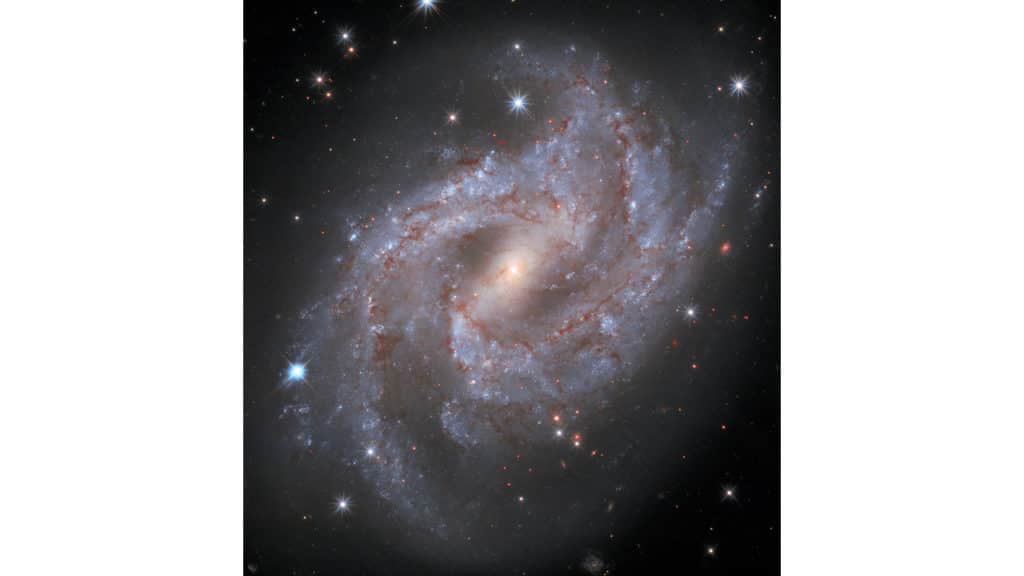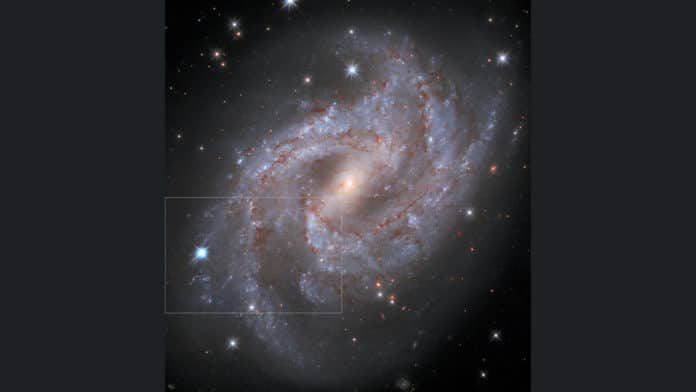Hubble space telescope plays a vital role in unlocking the beauty and mystery of space. Hubble’s never-ending, breathtaking celestial snapshots provide a visual shorthand for Hubble’s top scientific achievements.
This time, Hubble has captured a disappearing supernova in a distant galaxy 70 million light-years away. The Hubble snapshots have been assembled into a telling movie of the titanic stellar blast disappearing into oblivion in the spiral galaxy NGC 2525.
When stars of a certain mass reach the end of their lives, they explode in a massive supernova.

NASA explained, “The type of supernova seen in this sequence originated from a burned-out star—a white dwarf located in a close binary system—that is accreting material from its companion star. When the white dwarf reaches a critical mass, its core becomes hot enough to ignite nuclear fusion, turning it into a giant atomic bomb. This thermonuclear runaway process tears the dwarf apart. The opulence is short-lived as the fireball fades away.”
“Because supernovae of this type all peak at the same brightness, they are known as “standard candles,” which act as cosmic tape measures.”
NGC 2525 is located nearly 70 million light-years from Earth and part of Puppis’ constellation in the southern hemisphere. Hubble captured this series of images of NGC2525 in 2018 as part of one of its significant investigations, measuring the expansion rate of the Universe, which can help answer fundamental questions about our Universe’s very nature.
